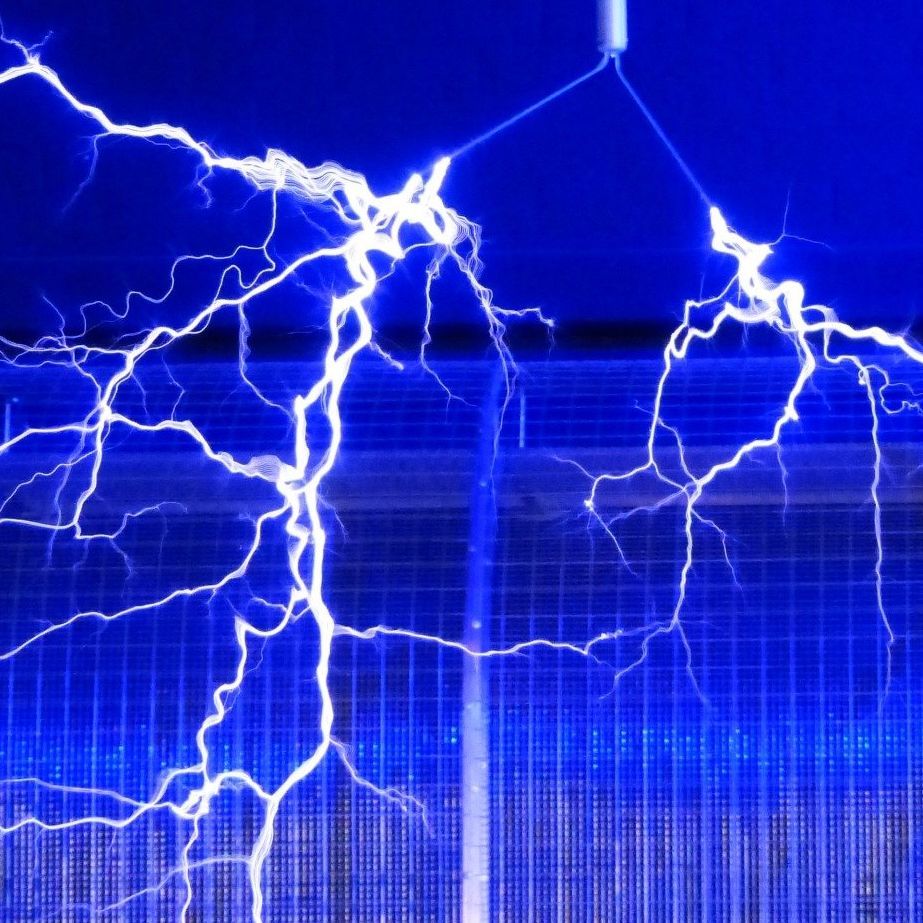Transformer Losses – Impact on our Health and the Environment
The EPA estimates that 60-80 billion kilowatt hours annually are attributed to transformer losses, at a cost of $3-4 Billion dollars, and tying up 9 days of U.S. generating capacity annually.
Apart from the cost and the wasted power distribution infrastructure, there are the environmental and
health consequences - burning coal or other fossil fuels to produce this wasted power creates
additional greenhouse gas emissions – including smog – something we see and feel every day.
Reducing transformer losses clearly has many benefits.
As electronic equipment has become more integrated into our daily lives, transformers losses
have added a substantial hidden energy cost to operating our buildings. Powersmiths
transformers, have been demonstrated to deliver substantial energy savings and Power Quality improvements, whether the transformer is lightly or heavily loaded, and whether it feeds a dedicated computer equipment load or a mix of linear and nonlinear load. Powersmiths transformers provide improved operating reliability and a proven payback in energy savings.
Read Transformers and Associated Losses - The Opportunity for Savings By Philip J.A. Ling, P.Eng.
Powersmiths International Corp.


